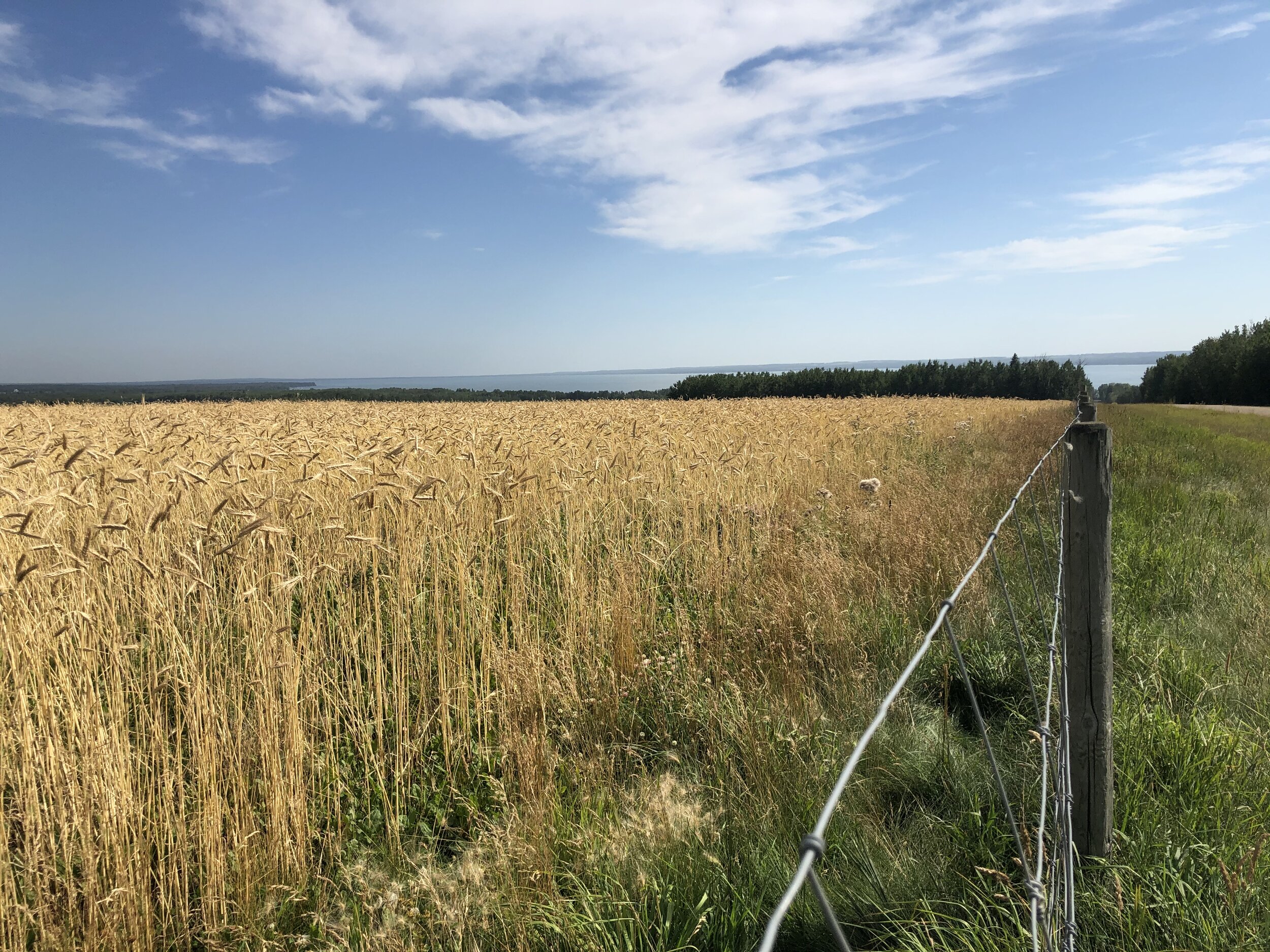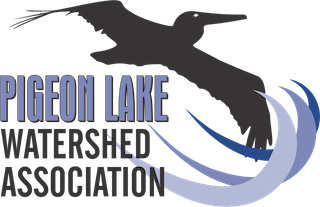
Nutrient Loading & Algae
Be Lake Informed
Nutrient Loading & Algae
Residential Construction Information
Nutrient Loading is the addition of nutrients (notably phosphorus and nitrogen) to Pigeon Lake directly through inflowing streams and drainage ditches.
Human-generated land cover changes and use increase nutrient loading in two main ways:
Increasing the nutrient availability in the watershed
Nutrient additions related to lawn fertilizers and agricultural operations
Release of some proportion of sewage and pollutants produced
from cottages, campgrounds and day-use areas
. Facilitating the introduction of nutrients into the lake
Removing natural vegetation and riparian buffers, which act as filters for nutrients and other pollutants
Increasing the percentage of hard surfaces, which decreases
infiltration, increases the overland flow, and entrains pollutants
Land disturbances that release sediment containing phosphorus
The Effect: Algal Blooms
Algae are naturally present and are a foundation for the lake’s food web and fishery. Central Alberta lakes, including Pigeon Lake, are naturally productive so they already have a high nutrient concentration. Therefore excess nutrient loading results in more frequent and severe algal blooms.
Blue-Green Algae
Blue-Green Algae (or cyanobacteria) is a photosynthetic bacteria that lives naturally in water. It is not actually a type of true algae. It often forms in warm, calm conditions which allows it to multiply and form blooms.
Some bloom-forming types of blue-green algae produce toxins. When they die and decay, toxic chemicals may be released into the water. Most toxins are degraded within 2 weeks, but can be in the water at low levels for many months after a bloom forms. The toxins can cause health effects in humans, pets and livestock. In extreme cases it can result in death. Some blooms don’t contain toxins, but you can’t tell if a bloom is harmful or not from how it looks. If you see a bloom, always take precautions as if it is toxic.
Check the AHS Health Advisories to learn more
Blue-Green Algae Identification:
Color
Blue-green, greenish-brown, brown, or red-pink. Decomposing blooms can appear discoloured as white-purple.
Form
Depending upon the species and composition of the bloom, it may appear like grass clippings, globs, fuzz balls, paint/pea soup, or like scum on the surface of water.
Smell
Often smells musty or grassy. Decomposing blooms can smell like ammonia.
How to Help
Nutrient loading can be reduced through clean runoff practices. Incorporation of vegetation on properties through naturalizations helps to slow runoff, reducing the nutrient load entering the lake.



